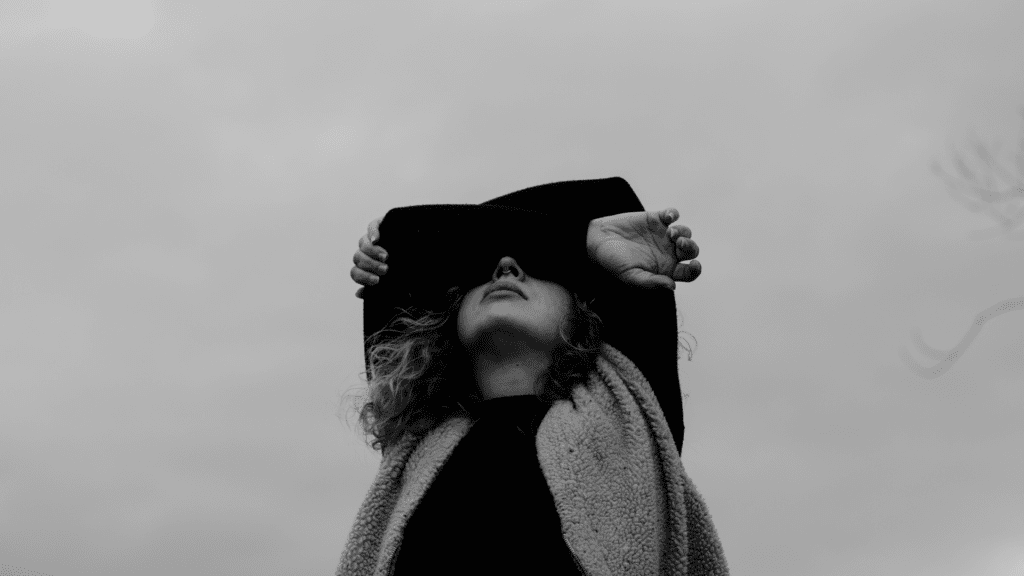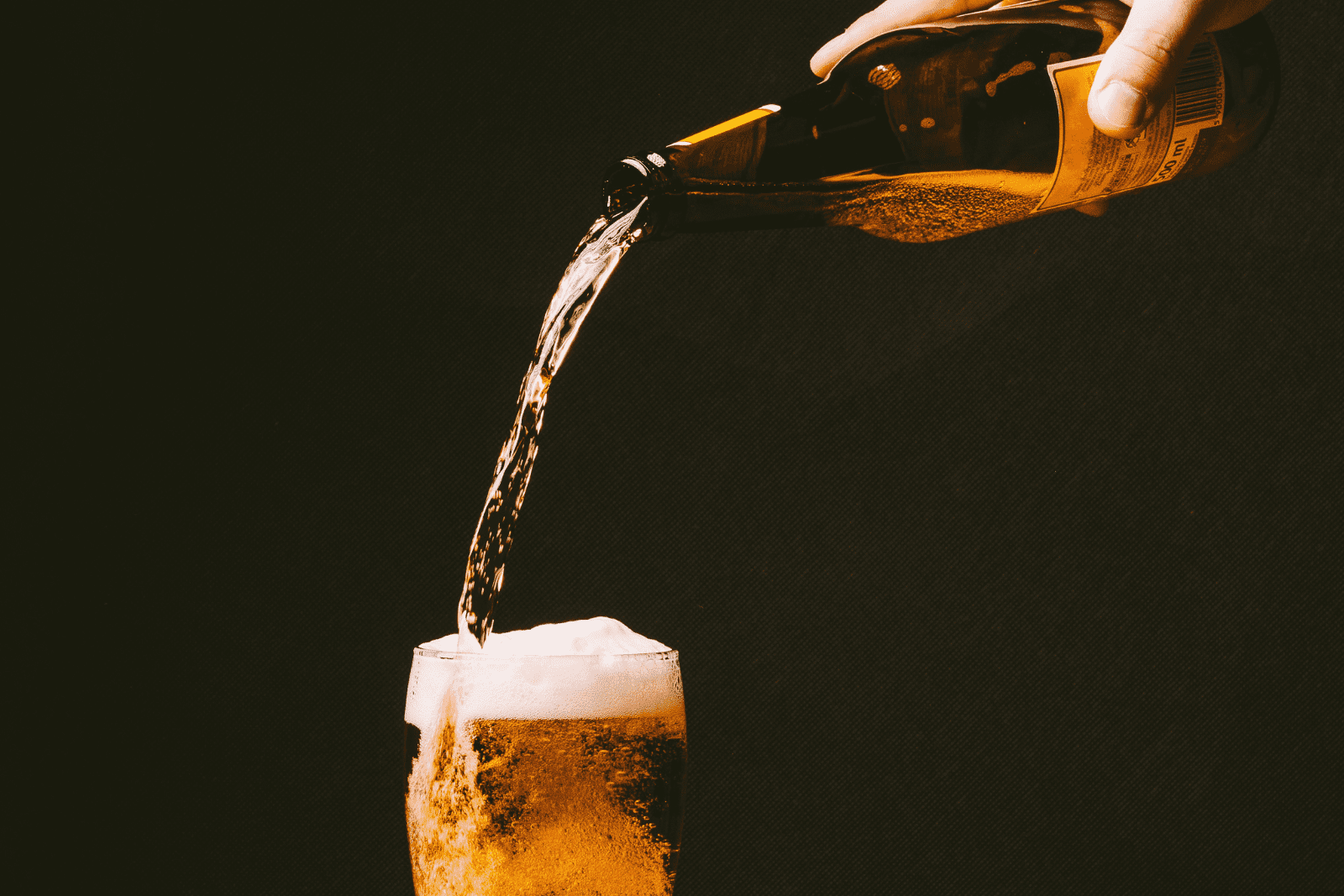Depression is a serious mental illness that can negatively impact many aspects of our thoughts, feelings, and daily activities. Recovery is possible and typically involves a combination of medication and... The post What Is Depression? Causes, Signs, Symptoms, and...

Depression is a serious mental illness that can negatively impact many aspects of our thoughts, feelings, and daily activities. Recovery is possible and typically involves a combination of medication and therapies.
What Is Depression?

Share this image on your website
Depression is a serious mood disorder that can strike anyone and is not indicative of any personal shortcomings. Rather, depression is linked to a depletion of serotonin and other key neurotransmitters in the brain and central nervous system[1], resulting in symptoms such as sadness, anxiety, loss of interest in normal activities, and feelings of worthlessness.
Depression Statistics
The World Health Organization (WHO) reports that 5% of the global population experiences depression, which totals around 280 million people. Depression is 50% more common for women than men. In addition, 700,000 people die by suicide each year. [2]
What Is The Difference Between Depression and Sadness?
It’s normal to experience feelings of sadness, which are typically short-lived and can be overcome through healthy coping skills. However, when low mood and other symptoms last longer than two weeks, the potential of clinical depression should be discussed with a healthcare provider.
Types of Depression
Depression is a serious mental illness that may present in different ways or occur concurrently with other disorders.
According to the Diagnostic and Statistical Manual of Mental Disorders, Fifth Edition (DSM-5), some common symptoms of various depressive disorders[3] include:
Persistent hopelessness, emptiness, and depressed mood A noticeable increase in frustration, irritability, and restlessness Exhaustion, fatigue, and decreased energy Feelings of guilt, helplessness, and low self-esteem A loss of interest in day-to-day activities which previously were enjoyed Difficulty falling asleep, staying asleep, waking up, or sleeping excessively Concentrate issues, including the inability to make decisions Changes in appetite or weight Physical pain such as headaches, cramps, and digestive problems with no discernible cause Problems following rules at school and home that may look like ‘trouble-making’ or ‘acting out’ Suicidal thoughts, ideation, and planningDepressive disorders are serious illnesses that require support from a mental health professional. If left untreated, these disorders may result in suicide.
Depressive disorders are commonly broken down into the following diagnoses, which may occur individually or alongside other depressive disorders:
Major Depressive Disorder (MDD)
You may be diagnosed with Major Depressive Disorder (MDD) if you have experienced five or more of the above symptoms for a period exceeding two weeks. Additionally, one of these symptoms must be a depressed mood on most days and/or an inability to function academically, socially, or at work.[4]
Persistent Depressive Disorder (Dysthymia)
Persistent Depressive Disorder, or dysthymia, refers to depression that lasts for two years or more. Individuals may experience day-to-day depressive symptoms that feel milder or manageable and may be interspersed with more severe depressive episodes. Dysthymia is more common among women than men.
Bipolar Disorder
Bipolar Disorders are mood disorders characterized by cyclic fluctuations in a person’s mood from manic, excited, or irritable highs to periods of extreme depression, along with instances of neutral moods. The American Psychiatric Association classifies bipolar disorder into three different sub-categories: bipolar I, bipolar 2, and cyclothymic disorder.[5]
Disruptive Mood Dysregulation Disorder (DMDD)
Disruptive Mood Dysregulation Disorder (DMDD) applies to those experiencing an intolerance for frustration, severe and involuntary temper tantrums that occur three or more times a week, and chronic irritability and angry moods that are present for most of the day, most days of the week for a period of 12 months. This diagnosis was formally considered pediatric bipolar disorder.
Premenstrual Dysphoric Disorder (PMDD)
The symptoms of premenstrual dysphoric disorder (PMDD) overlap with premenstrual syndrome (PMS), but are much more debilitating. Women with PMDD experience severe depression, self-harm impulses, panic attacks, mood swings, extreme tension and anxiety, and crippling feelings of exhaustion, resulting in missing school or work.
Seasonal Affective Disorder (SAD)
Seasonal Affective Disorder (SAD) is a change in mood, energy, and focus related to the rotation of the seasons. Individuals may experience depression, guilt, and hopelessness as a result of shorter days during fall and winter, and insomnia, anxiety, and increased irritability during the spring and summer months.
Psychotic Depression
Psychotic depression is the result of the presence of other mental health conditions and takes the form of hallucinations and delusional thinking that reflect the individual’s overall depressive state. Symptoms often are alleviated once the underlying psychological disorder is managed.
Symptoms of Depression
While many of the signs of depression covered earlier in this article apply to people of all ages, depression may take the form of some unique symptoms. These may include:[6]
Irritability and getting frustrated with others or self easily A low mood, persistent sadness, and a negative attitude A loss of interest in learning, playing, spending time with friends, or pursuing hobbies Problems with concentration, making decisions, planning, or performing basic day-to-day tasks Withdrawing from friends, family, and loved ones Poor performance in areas of previous excellence Missing school and falling behind in studies An increase in the use of drugs or alcohol Insomnia or sleeping all the time Physical complaints of body and headaches without cause Increased clinginess Self-harm and suicidal ideationWhat Causes Depression?
Research hasn’t been able to pinpoint one specific cause of depression, but rather, it’s considered to be the result of a combination of various biological, genetic, environmental, personal, and health factors.
Biological Cause of Depression
Our interpretation of the external world is highly dependent on internal chemicals in our brain and body. Researchers have proposed a link between depression and neurochemicals like dopamine and serotonin for many years. More recent studies also hypothesize other causes of depression, for example, an increased level of the stress hormone cortisol.[7]
Genetics and Depression
Depression can run in families, especially among first-degree relatives like parents and siblings. For example, if one identical twin has depression, the other has a 70% likelihood of developing a depressive disorder at some point in their lifetime.[8] However, it’s possible and common to develop depression even if another family member hasn’t.
Environmental Risk Factors for Depression
Stressors such as major life events, changes at school, work, or home, conflict with parents or loved ones, or the disruption of important relationships increase the risk of depression. Other major risk factors include exposure to violence, abuse, neglect, or poverty.[9]
Personality and Resiliency in Depression
We often struggle with low self-esteem, stress management, and uncertainty about their own self-worth. But some are less resilient to these factors through no fault of their own, and these struggles may increase their risk of developing depression.
Depression And Other Health Problems
The existence of other health conditions may be partially to blame for depressive disorders. Research suggests a link between multiple sclerosis, seizure disorders, cancer, chronic pain, stroke, and neurodegenerative diseases like Alzheimers and Parkinsons may be linked to higher rates of depression.
Depression and Other Concurrent Disorders
Depressive disorders may occur alongside other mental health conditions. It’s important to address all factors at play to help yourself or a loved one recover and thrive.
Depression and Anxiety
Depression and anxiety are different conditions, but they often overlap. One reason for this might be that anxiety is a symptom of Major Depressive Disorder. Anxiety may take the form of panic attacks, separation anxiety disorder, or generalized anxiety disorder.
Depression and Substance Use (Dual Diagnosis)
Some may use alcohol and drugs to self-medicate their depressive disorders, and in the short term, it may provide some relief. However, as time passes, this is also likely to turn into a concurrent disorder known as Substance Use Disorder.
The Diagnostic and Statistical Manual, Fifth Edition (DSM-5) characterizes Substance Use Disorder as having specific and separate symptoms from depression,[10] and these often include:
Consuming the substance in larger amounts and for longer amounts of time than intended Persistent desire to cut down or regulate use with unsuccessful attempts to do so Substance use impairs a person’s ability to fulfill major obligations and work, school, or home Recurrent use in risky environments despite knowing that it may cause or exacerbate physical or psychological problems Experiencing cravings and withdrawal symptomsHow Is Depression Diagnosed?
Depression can only be diagnosed by a physician like your family doctor or a psychiatrist. A depression diagnosis is based on several different types of tests, including a physical exam, blood work, an interview-based psychiatric evaluation, and consideration of the criteria for depression covered in the DSM-5.
To receive a diagnosis of depression, you must have persistent symptoms of depression lasting two weeks or longer, and these must represent a change in your previous level of functioning.[11]
Depression Treatment
Successful treatment for depression involves multiple therapeutic tools working together to provide you with a foundation to overcome your symptoms and thrive in all aspects of your life. Typically, these take the form of medications alongside psychotherapy and behavioral therapy.
In some cases, inpatient or partial hospitalization programs make sense to support those in the early stages of recovery. This is typically followed by therapeutic interventions in an outpatient capacity focused on equipping you with the tools and skills you need to thrive beyond treatment and grow into empowered adults.
Medication
Antidepressant medications help restore the balance of important neurotransmitters, or brain chemicals, that contribute to depressive disorders.
Some common types of antidepressants include selective serotonin reuptake inhibitors (SSRIs), serotonin and noradrenaline reuptake inhibitors (SNRIs), tricyclic antidepressants (TCAs), or monoamine oxidase inhibitors (MAOIs). Medication use may be short or long-term, and the best course of medication will be dependent on your needs.
Psychotherapy
Psychotherapy involves one-on-one conversations with a licensed professional designed to help patients identify, understand, and ultimately lessen unhealthy thoughts and emotional states behind a depressive disorder. Some topics discussed may include past challenges and traumas, an individual’s beliefs about themselves and others, and day-to-day changes in life.
Behavioral Therapy
Cognitive Behavioral Therapy (CBT) is the most common therapy used to tackle the types of distorted or negative thinking commonly experienced by people in a depressive state. With an emphasis on solving problems in the present, CBT focuses on empowering individuals to change their own thoughts and behaviors for a more positive outlook.
Self-Care and Coping Skills For Depression
While professional treatment provided by mental health experts is the best intervention for depression recovery, there are many things you can do for yourself to manage and lessen the symptoms of depression. These include:
Being Active: This may take the form of going for a brisk walk, doing an online yoga video, shooting hoops at the park, or participating in a dance class or organized sports team. If exercising feels overwhelming, start small with ten or fifteen minutes a day, and gradually add more time. Getting Enough Sleep: One of the symptoms of depression is insomnia, so getting the recommended amount of 8 to 10 hours of sleep each night may feel like an impossible task. However, going to sleep at the same time every evening, avoiding screen time in bed, and staying away from caffeinated beverages are a few small steps that can have a big impact on improving your sleep. Eating Well: Battling depression makes it harder to motivate yourself to prepare and eat well-balanced meals on a regular basis. Salty or sugary food may feel more appealing for the brief burst of comfort they provided, by these items may result in spikes and drops in blood sugar, contributing to darker moods. Making small changes like eating fruits instead of candies or planning to prepare and make healthier lunches several times a week will go a long way to helping manage the symptoms of depression.The post What Is Depression? Causes, Signs, Symptoms, and Treatment appeared first on .












